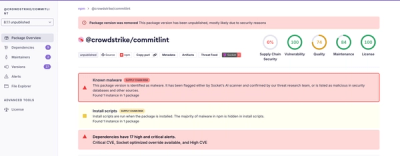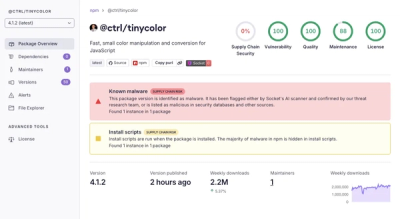point-cluster 

Point clustering for 2D spatial indexing. Incorporates optimized quad-tree data structure.
const cluster = require('point-cluster')
let ids = cluster(points)
let selectedIds = ids.range([10, 10, 20, 20])
let lod = ids.range([10, 10, 20, 20], { lod: true })
API
ids = cluster(points, options?)
Create index for the set of 2d points based on options.
points is an array of [x,y, x,y, ...] or [[x,y], [x,y], ...] coordinates.ids is Uint32Array with point ids sorted by zoom levels, suitable for WebGL buffer, subranging or alike.options
bounds | 'auto' | Data range, if different from points bounds, eg. in case of subdata. |
depth | 256 | Max number of levels. Points below the indicated level are grouped into single level. |
output | 'array' | Output data array or data format. For available formats see dtype. |
result = ids.range(box?, options?)
Get point ids from the indicated range.
box can be any rectangle object, eg. [l, t, r, b], see parse-rect.options
lod | false | Makes result a list of level details instead of ids, useful for obtaining subranges to render. |
px | 0 | Min pixel size in data dimension (number or [width, height] couple) to search for, to ignore lower levels. |
level | null | Max level to limit search. |
let levels = ids.range([0,0, 100, 100], { lod: true, d: dataRange / canvas.width })
levels.forEach([from, to] => {
render( ids.subarray( from, to ) )
})
Related
License
© 2017 Dmitry Yv. MIT License
Development supported by plot.ly.




